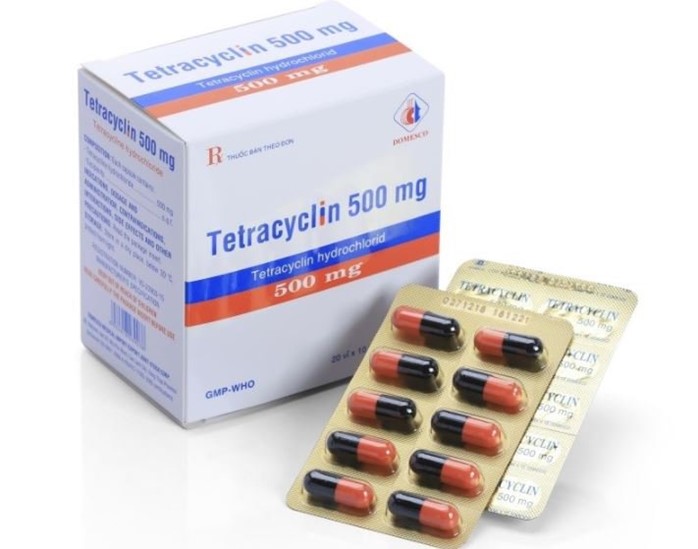A nurse is providing teaching to the parent of a newborn who has gastroesophageal reflux (GER). Which of the following instructions should the nurse include?
Dilute formula with 1 tablespoon of water.
Place the newborn in a side-lying position if vomiting.
Position the newborn at a 20-degree angle after feeding.
Provide a small feeding just before bedtime.
The Correct Answer is C
Choice A reason: Dilute formula with 1 tablespoon of water is not a correct instruction for GER. Diluting formula can reduce the nutritional value and increase the volume of the feedings, which can worsen GER symptoms and cause dehydration and malnutrition.
Choice B reason: Place the newborn in a side-lying position if vomiting is not a correct instruction for GER. This position can increase the risk of aspiration, which is the inhalation of vomit into the lungs. Aspiration can cause pneumonia, respiratory distress, and death.
Choice C reason: Position the newborn at a 20-degree angle after feeding is a correct instruction for GER. This position can help prevent reflux by using gravity to keep the stomach contents down. The newborn should be kept upright for at least 30 minutes after each feeding.
Choice D reason: Provide a small feeding just before bedtime is not a correct instruction for GER. This can increase the likelihood of reflux during sleep, as the stomach will be full and prone to regurgitation. The last feeding should be given at least 2 to 3 hours before bedtime.
Nursing Test Bank
Naxlex Comprehensive Predictor Exams
Related Questions
Correct Answer is D
Explanation
Choice A reason: Increasing vitamin C intake while taking this medication is not necessary, as vitamin C does not interact with tetracycline. Vitamin C is important for immune function, wound healing, and collagen synthesis.
Choice B reason: Eliminating raw fruits and vegetables until 2 weeks after completing this medication is not required, as raw fruits and vegetables do not interfere with tetracycline. Raw fruits and vegetables are good sources of fiber, vitamins, minerals, and antioxidants.
Choice C reason: Taking a folic acid supplement while on this medication is not advised, as folic acid can reduce the absorption and effectiveness of tetracycline. Folic acid is essential for DNA synthesis, cell division, and red blood cell production.
Choice D reason: Avoiding taking this medication with milk products is important, as milk products contain calcium, which can bind to tetracycline and form insoluble complexes that decrease its absorption and activity. Milk products also increase the risk of gastrointestinal side effects such as nausea, vomiting, and diarrhea.

Correct Answer is D
Explanation
Choice A reason: Reporting ability to complete ADLs is not a specific finding that indicates that probiotic therapy is effective. Ability to complete ADLs depends on various factors, such as energy level, muscle strength, mobility, cognition, and motivation. Ability to complete ADLs may improve with parenteral nutrition, but not necessarily with probiotic therapy.
Choice B reason: Having pink mucous membranes is not a specific finding that indicates that probiotic therapy is effective. Pink mucous membranes reflect adequate hydration and oxygenation status, which are important for overall health, but not directly related to probiotic therapy.
Choice C reason: Having blood glucose level within the expected reference range is not a specific finding that indicates that probiotic therapy is effective. Blood glucose level is influenced by carbohydrate intake, insulin production, and medication use, which are related to parenteral nutrition, but not probiotic therapy.
Choice D reason: Having soft, formed bowel movements is a specific finding that indicates that probiotic therapy is effective. Probiotic therapy is the use of beneficial bacteria or yeast to restore the normal flora and function of the gastrointestinal tract, which can prevent or treat diarrhea, constipation, or infection. Having soft, formed bowel movements shows that the client has a healthy and balanced gut microbiome.

Whether you are a student looking to ace your exams or a practicing nurse seeking to enhance your expertise , our nursing education contents will empower you with the confidence and competence to make a difference in the lives of patients and become a respected leader in the healthcare field.
Visit Naxlex, invest in your future and unlock endless possibilities with our unparalleled nursing education contents today
Report Wrong Answer on the Current Question
Do you disagree with the answer? If yes, what is your expected answer? Explain.
Kindly be descriptive with the issue you are facing.
